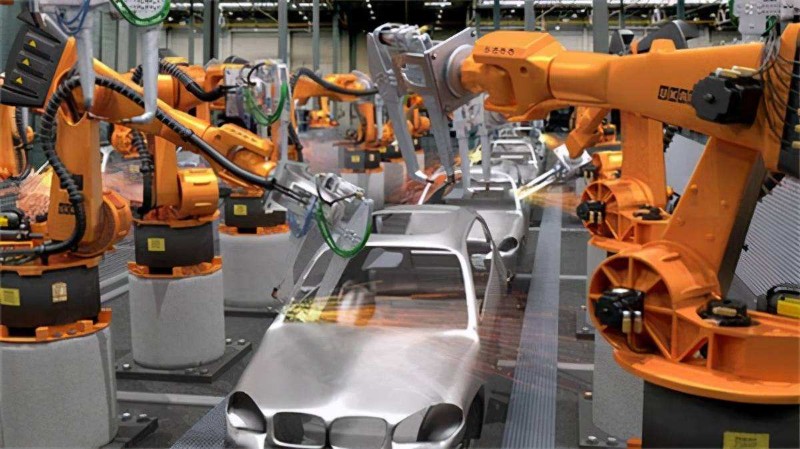As the application of MES production management system in the manufacturing industry becomes more and more popular, what is the difference between enterprises before and after deploying MES management system?
1. MES management system process card management
Before use: A process card is attached to each work-in-progress. The operator needs to fill in the date, personnel, and production information on the process card when completing a process. Before the finished product is packaged, it is collected for future maintenance and inquiries.
After use: The WIP serial number barcode is attached to each process card. After the operator completes a process, he uses the barcode to input the serial number and production data (for example, the bad code is also printed as a barcode), and the MES system automatically integrates the time and workstation. , personnel information, stored in the process card database.
2. Order tracking management
Before use: Using the daily production form, the leader of the production unit fills in the input and output of each order, personnel attendance and other information, and then summarizes and calculates the progress of each order. However, the assembly line process is fast, and the production supervisor can never know the current progress of each order.
After use: Each station needs to swipe the serial number of the process card. The computer can automatically calculate the detailed process and recent status of the order in each production unit. The computer in the supervisor's office can know the latest status of the order one minute ago.
3. Work in process tracking management
Before use: The characteristics of the information factory often cause a backlog of defective products and products to be repaired on the site. It is not uncommon to clear out the work-in-progress costing tens of millions of yuan each year.
After use: Using the complete data of the process card, the MES system can track the latest position of each work-in-progress. After statistics and sorting, the distribution of work-in-progress can be tracked according to the order, product or field section.
4. Burn-In management
Before use: Different models of Burn-In have different durations. Although Burn-InRoom mostly uses PLC and automatic conveyor control, it still needs to be operated by people on site, and the limited information cannot be used effectively.
After use: Connecting with Burn-In-Room PLC through MES, you can use MES to directly control PLC, control the in-process in and out of Burn-In, and effectively master Burn-In time and space utilization.
5. Packaging supervision
Before use: The same product needs to be equipped with different text manuals, power supplies and other packaging materials due to customers in different regions, but it is prone to errors due to mixed production.
After use: The packaging personnel can be given clear packaging instructions immediately to avoid negligence, or the fool-proof system can be further integrated to issue an immediate warning when errors are found.
6. Quality control management
Before use: The quality information is input into the quality form by the quality control station, but because it is filled manually, the information is limited, and the complete maintenance information is filled in the process card. The quality report is used as a future quality improvement, but because the information is incomplete and incorrect, it is not easy to find the real reason.
After use: The inspection and maintenance data are all entered by barcode or computer immediately. The quality board can be connected to the site to display the latest quality status in real time, and complete and detailed statistical analysis can be done to effectively identify quality problems.
7. Shipment management
Before use: It is necessary to manually record the serial numbers of the shipments and send them to the customer for after-sales service. Due to the lack of real-time verification capabilities, errors often occur in the types and quantities of shipments, resulting in a lot of losses.
After use: At the same time of shipment, read the serial number bar code of the outer box, which can be checked immediately. If it does not meet the shipping conditions, you can immediately inform the shipping personnel.
8. Integration of automation equipment
Before use: SMT, AI, ATE and other equipment that must be used in information factories operate independently, with low efficiency and poor equipment management.
After use: Integrate MES system software with SMT and AI to automatically obtain production information and equipment status, and integrate with ATE to automatically obtain test data.
9. On-site material management
Before use: Due to mixed production, the actual production status cannot be grasped, and the production line is often stopped due to shortage of materials.
After use: MES system software can keep abreast of the latest manufacturing orders and the assembly quantity of each model, and can calculate the on-site material status in real time to prepare for material supply in advance, effectively reducing manpower and material shortages in this regard.
10. After-sales service
Before use: It takes a lot of manpower to find out the original process card of the product that the customer repairs, and it is difficult to provide effective after-sales service.
After use: MES system can master the complete process card information and delivery time of each finished product, and can provide customers with complete after-sales service.







